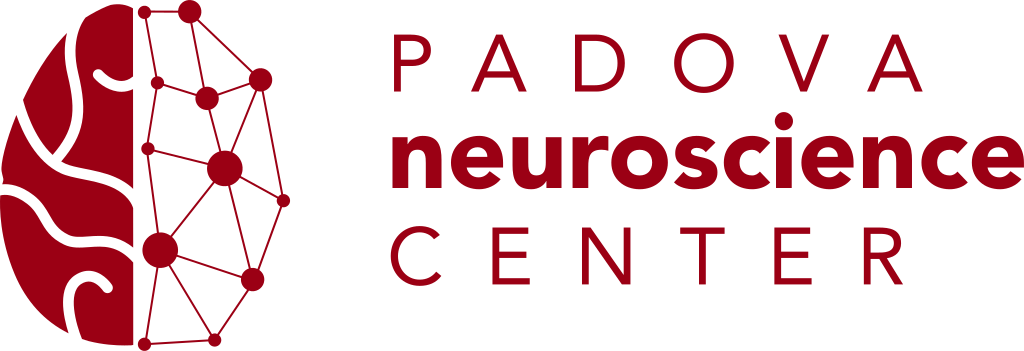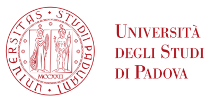by Prof. Stanislas Dehaene, Director of INSERM Unit 562, “Cognitive Neuroimaging”, France, and Professor
at the Collège de France
When: May 2, 2024, at 3:00 pm
Where: Sala Seminari VIMM (Fondazione per la Ricerca Biomedica Avanzata Onlus, Via Orus 2, Padova)
Abstract: Cognition is distinctly different in humans compared to other animals. A unique feature of our species is natural language, but in this talk, I will argue that a competence for symbols and languages drives many other cognitive domains, such as our unique abilities for geometry, mathematics, or music. Even the mere perception of a square or a zig-zag is driven by minimal description length (MDL) and thus
involves a search for the shortest “mental program” that captures the observed data in an internal “language of geometry”. Behavioral and brain-imaging experiments indicate that the perception of
geometric shapes is poorly captured by current convolutional neural network models of the ventral
visual pathway, but involves a symbolic geometrical description within the dorsal parieto-prefrontal
network. I will argue that existing connectionist models do not suffice to account for even elementary
human perceptual data, and that neural codes for symbols and syntax remain to be discovered.


